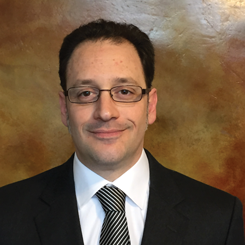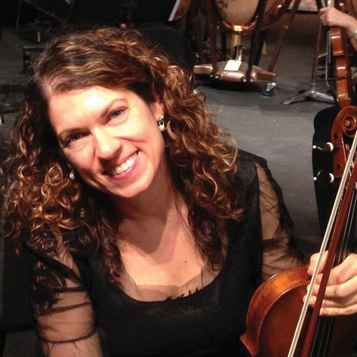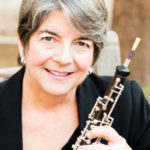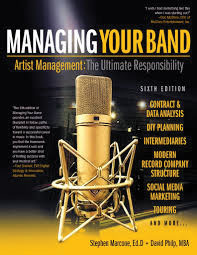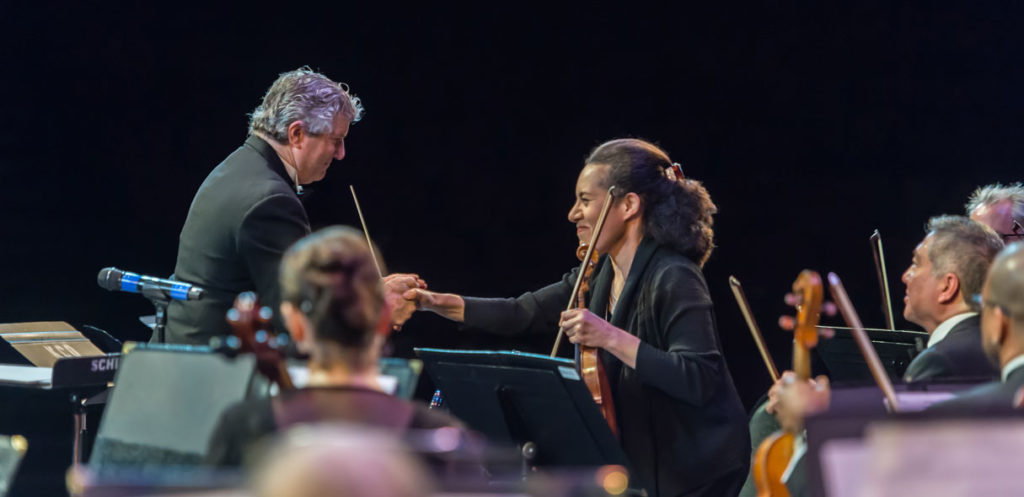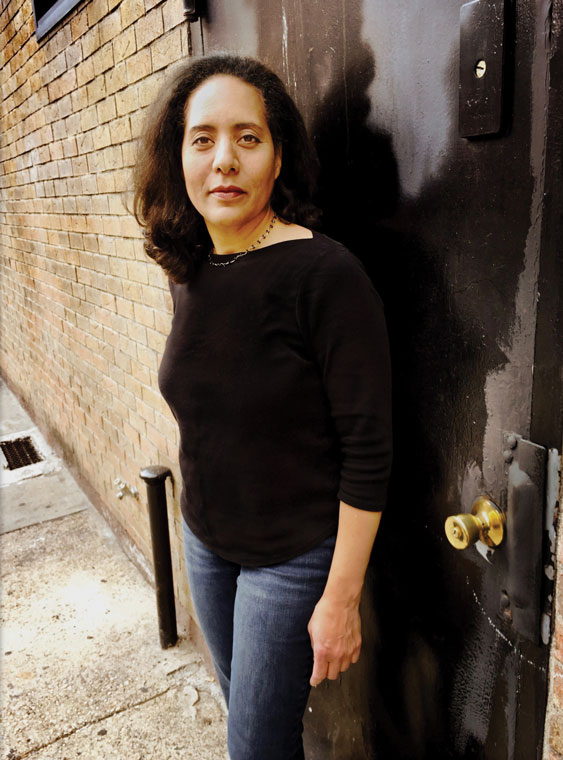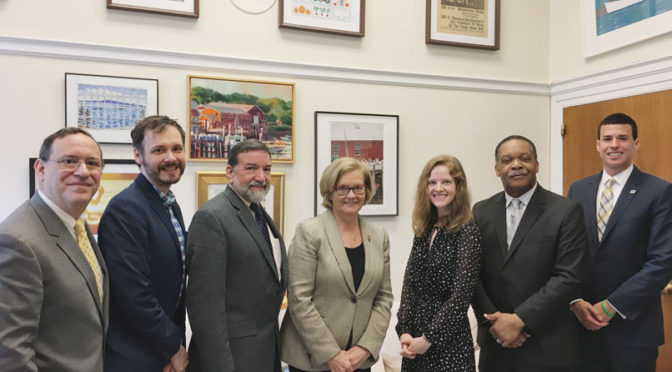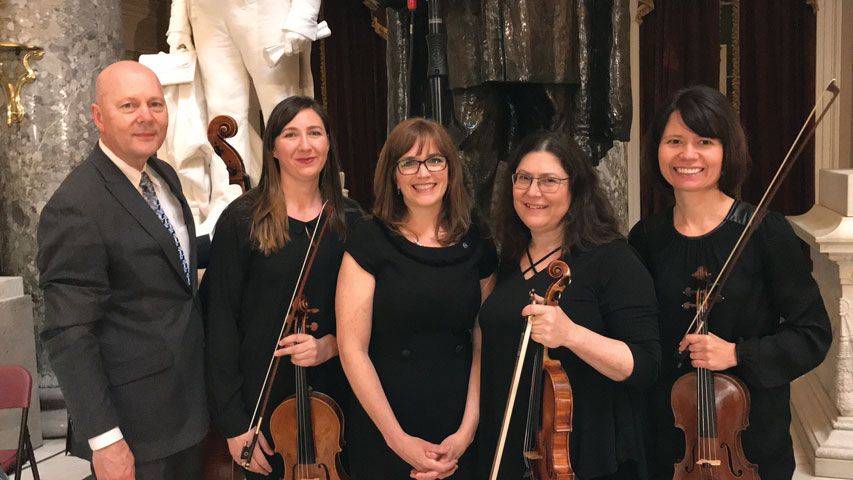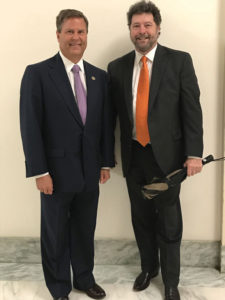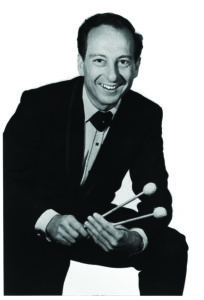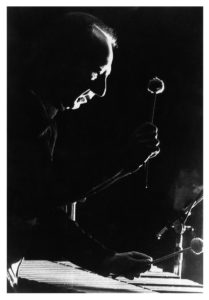 In the symphonic world, a crescendo makes for a dramatic finale, but it can have serious consequences for musicians. Recently, in an unprecedented court ruling, British viola player Chris Goldscheider, 40, won a landmark High Court judgment against Royal Opera House when he suffered career ending hearing loss from a rehearsal of Wagner’s Die Walkure. Seated directly in front of the brass section, he suffered acoustic shock, the result of sound that exceeded 130 decibels.
In the symphonic world, a crescendo makes for a dramatic finale, but it can have serious consequences for musicians. Recently, in an unprecedented court ruling, British viola player Chris Goldscheider, 40, won a landmark High Court judgment against Royal Opera House when he suffered career ending hearing loss from a rehearsal of Wagner’s Die Walkure. Seated directly in front of the brass section, he suffered acoustic shock, the result of sound that exceeded 130 decibels.
It’s a story that cellist Janet Horvath knows too well. The former associate principal cello for the Minnesota Orchestra, sustained an acoustic-shock injury to her left ear in 2006 after a one-time concert.
That night, the drum set, piano, electric guitars, keyboard, and conductor were positioned directly in front of her for a pops concert that included Broadway singers. Horvath was wearing musician’s earplugs, but one speaker was no more than two feet from her left ear. Eight speakers blasted music back toward the musicians. She says, “I felt it instantly; it was excruciating. When the concert was over, I took out my earplugs and could not bear to hear anyone talking. It never subsided.” She took a few months off to heal, but she needed to wear her left earplug. She compensated, relying on her right ear, and continued to be exposed to high decibels.
By 2009, her right ear, like the left, could no longer tolerate normal sound. After several doctors, she was diagnosed with hyperacusis, an auditory injury caused by repeated exposure to high decibels or a single acoustic shock. In 2010, she had to leave the orchestra that was her home for nearly 34 years.
She says, “It was characterized by abnormal sensitivity—the total breakdown of tolerance to all sound. I couldn’t leave the house. There was pain in my ear, teeth, tongue, it radiated down my neck. You actually fear sound. Many people with hyperacusis become hermits.”
The problem is prevalent, especially among woodwind players, Horvath says. “There is more awareness of the condition and I was lucky to have found physicians who helped me retrain my brain. I was fitted with special hearing aids, which turned sound down.”
“It was painstaking training that took more than two years of slowly increasing sound. I am aware of limits and decibels,” she says. Today she is mostly cured, but avoids loud restaurants and sports events. She can finally attend concerts and plays chamber music.
Noise-induced hearing loss is a combination of exposure time, noise level, peak level, and proximity to the sound. Being aware of decibel levels is important. Horvath explains, “If you know you will be playing Mahler, it’s not a day to mow your lawn.” Horvath maintains that silence is as critical to musicians as making sound. “It would be smart to have rooms where musicians can go to have silence.”
Minnesota Orchestra has an audiologist come in to offer hearing tests and fit musicians for earplugs. According to Horvath, this could be precedent-setting. No one wants to get sued so they’re now willing to take further steps to protect their musicians’ hearing. She hopes, too, that conductors will begin to alternate the repertoire to give musicians a break.
OSHA limits the number of decibels one can be exposed to per day. The decibel level of an average two-hour concert generally exceeds OSHA’s recommendations. And there are no regulations for intermittent loud blasts. Horvath adds that OSHA only talks about hearing loss as a disability when you can no longer hear speech.
In the hall where the Minnesota Orchestra regularly performs, they have made modifications. “Our orchestra has always been on the cutting edge, partly because of my work. Their stage manager was one of the first to build a Plexiglass shield,” she says.
Horvath has written a number of books, including Playing Less Hurt: An Injury Prevention Guide for Musicians. She is a recognized authority in the area of medical problems of musicians and a recipient of the Richard J. Lederman Lecture Award presented by the Performing Arts Medicine Association. She conducts seminars across the country and regularly appears on national radio and television.



